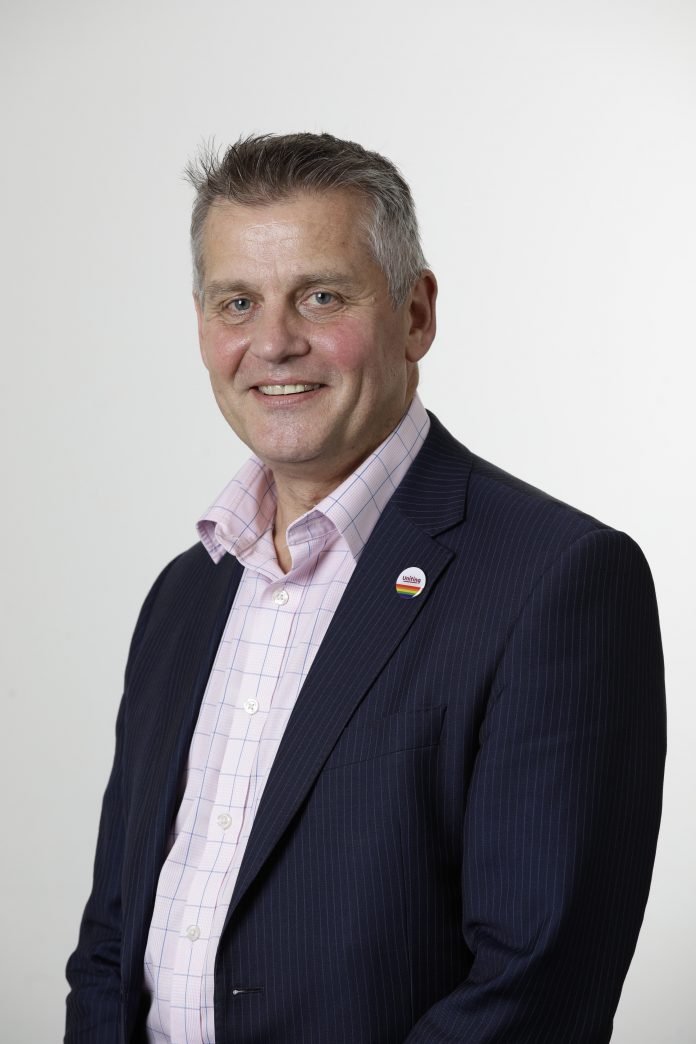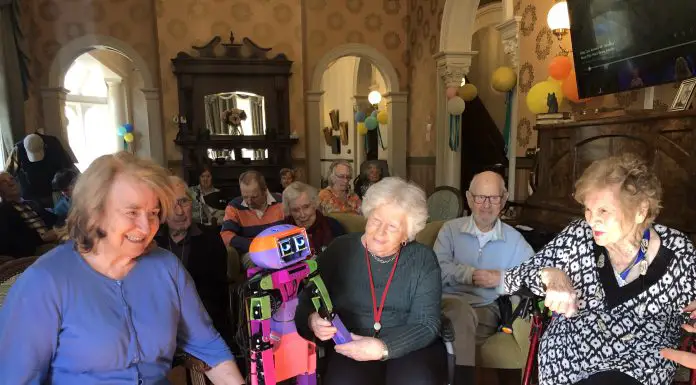In this interview, Inside Ageing (IA) speaks with Uniting’s Simon Furness (SF) about their award-winning developments and future plans in NSW and the ACT.
IA: Congratulations on the recent design wins with your Bowden Brae and Edinglassie retirement living projects in Sydney. We noticed that these major developments are part of a projected $3 billion investment by Uniting across residential aged care and retirement living. What can you tell us about these investment programs and the types of projects you will be earmarking the money for?
SF: There is a range of projects both in Sydney and Regionally – some of them are replacing the assets which have served older people for many decades, while other projects will see us develop new services to enhance and evolve our support for seniors, particularly for those experiencing social and economic exclusion.
IA: Uniting has also been expanding its Residential Aged Care business. Are you looking to acquire businesses, especially those in regional NSW/ACT? If so, what can you tell us about what you look for in a potential acquisition?
SF: Uniting is open to acquiring services, especially in areas of need such as regional NSW. As a large provider of services to older people with a long history of engaging and supporting local communities, we see that we have a vital role in supporting services in regional communities as the sector transforms over the coming years. Sustaining and enhancing services with a long and proud history of support for local older people is a key goal for us at Uniting NSW.ACT.
IA: Ageing-in-place is a design characteristic of your retirement living projects and you have worked with a number of high-profile architects to create these communities. How important is the model when marketing and differentiating the properties?
SF: Uniting, and other organisations, understand the importance of creating services where Ageing in Place is possible. Recently, the Royal Commission has highlighted the importance of delivering dwellings that are purpose-built for enablement – especially for seniors as they age. We see the need to make sure our dwellings can do this, but there are also places where care and support can be delivered, including the ability for people to still come together. Where possible Uniting values having a “co-located village” where Residential Aged Care and Independent Living can service older people on one site. Care can be delivered anywhere on the site, but sometimes individual needs may be such that a congregate setting with 24/7 care is needed. When someone needs to move from their ILU into the RAC it is much better if they are still on the same site with their friends and networks.
IA: How central is Assistive technology, including monitoring, to the retirement living projects you’re developing? What types of technology are you including, and what does this future look like from your point of view?
SF: Technology is always evolving and Uniting will continue to review and be open to innovation in the space. Ageing in Place is a key driver for our retirement living projects, so anything that contributes to residents being empowered to live independently, including technology, has the potential to help us achieve our aim. Technology also plays a vital role in allowing staff to be at their best each day and ensures communication with clients and stakeholders is optimal.
IA: Inside Ageing has just closed its 2022 Future of Ageing Awards for entries and this year surprised us in that there were a lot of new technology-led suppliers who had entered, including some start-ups. Are you working with or are you open to working with start-ups who deliver technology-led solutions to aged care developments – both residential aged care and retirement living?
SF: Yes. Technology solutions that support residents to live independently as they age will become increasingly important in our developments. It is an emerging area so, at this stage, we need to provide for it in our design so that these innovations can fit as the technology emerges.
Uniting is implementing technologies that enhance communication. We are also exploring technologies such as wearables and sensors which will play a vital role in the provision of care in the future.
IA: Much has been written about the projected demand for aged care services over the next 20 years. How closely are you working with local councils and government to help meet this demand, especially in regional areas?
SF: Working with communities, councils, consent authorities and interested stakeholders is central to delivering successful projects. Uniting likes to take an early engagement approach and work collaboratively to achieve the best outcomes. Our regional experiences have been terrific, and we look forward to more great outcomes in the future.










